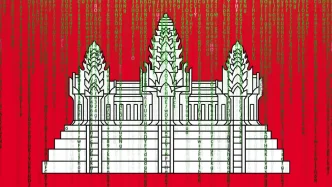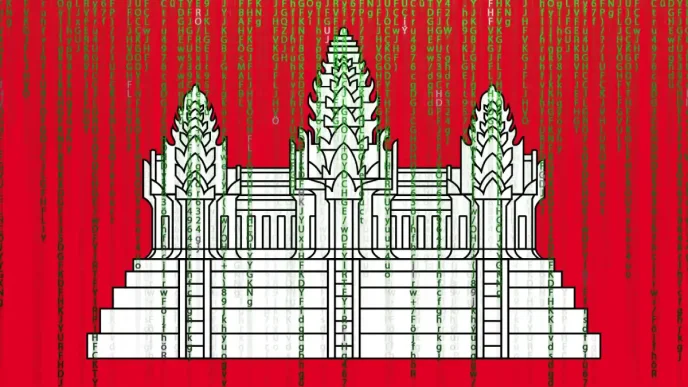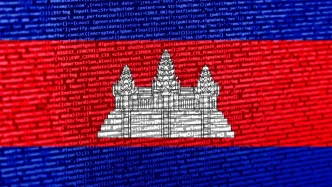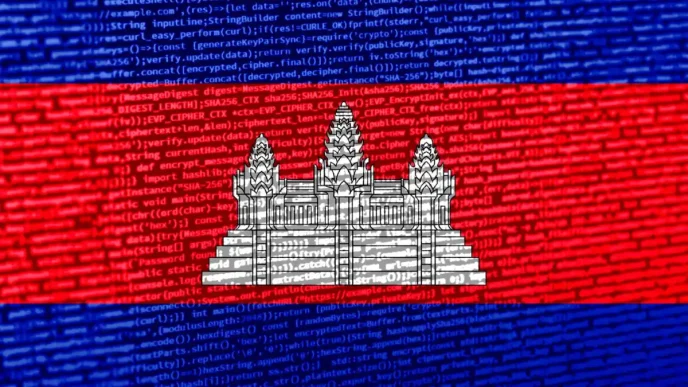In a series of dramatic raids across Laos, police have uncovered staggering quantities of illicit drugs, including millions of amphetamine pills and vast amounts of crystal methamphetamine, underscoring the country’s persistent struggle with drug trafficking. The largest seizure, reported in Bokeo province on 30 January, involved 4.4 million amphetamine pills found in an abandoned pick-up truck in Phibounthong village, Huayxai district. This incident, coupled with other recent operations in Borikhamxay province, points to a deepening crisis in the region, often described as a key transit hub in the notorious Golden Triangle.
The scale of these seizures is staggering. In Borikhamxay, a roadside vehicle check led to the discovery of 194,000 amphetamine tablets and 15 kilograms of crystal meth, followed by a raid on a nearby house where police uncovered drug production equipment, an additional 30 kilograms of crystal meth, and 164 kilograms of precursor powder used to manufacture amphetamines. Eight Thai nationals and one local Lao resident were detained in connection with the operation. In yet another raid, authorities seized additional production machinery, a shotgun, and over 70 kilograms of drug-making powder, highlighting the sophisticated and industrial nature of these illicit networks.
A National and Regional Challenge
Laos, bordered by Thailand, Myanmar, and China, sits at the heart of the Golden Triangle, a region infamous for its role in the global drug trade. The Ministry of Public Security reported last year that it processed 3,395 drug-related cases, resulting in the arrest of over 5,000 individuals, including 199 foreigners. The quantities of drugs seized are equally staggering: over 81 million amphetamine pills, nearly 4,800 kilograms of crystal meth, and significant amounts of heroin, opium, and cannabis. These figures suggest not only a domestic issue but also a deeply entrenched regional problem, with Laos serving as both a production site and a transit point for drugs destined for markets in Thailand, Vietnam, and beyond.
The production, trade, and distribution of psychoactive substances like amphetamines and crystal meth are strictly prohibited under Lao law. Yet, the persistence of such activities raises questions about enforcement capacity and the broader socio-economic factors driving the trade. While authorities are conducting in-depth investigations to trace the origins of these drugs and identify the networks behind them, the challenge remains daunting. If left unchecked, the proliferation of synthetic drugs could further destabilise communities already grappling with addiction and related social issues.
The Human and Social Cost
Beyond the raw numbers, the human toll of drug trafficking in Laos is profound. Synthetic drugs like amphetamines, often referred to as “yaba” or “crazy medicine” in the region, are highly addictive and disproportionately affect young and vulnerable populations. In rural areas like Bokeo and Borikhamxay, where economic opportunities are limited, the lure of quick profits from the drug trade can be tempting, drawing individuals into dangerous and illegal activities. At the same time, addiction tears apart families and fuels petty crime, creating a vicious cycle that is difficult to break. The involvement of foreign nationals, particularly Thai citizens, in recent raids also points to the transnational nature of the problem. Cross-border cooperation is essential, yet it is often hampered by differing legal frameworks, corruption, and resource constraints. While Lao authorities have made significant strides in intercepting shipments and dismantling production sites, the sheer volume of drugs seized suggests that much more remains undetected. If regional governments fail to address the root causes—such as poverty, lack of education, and weak border controls—the cycle of trafficking and addiction will likely persist.
Government Response and Future Implications
The Lao government, through the Ministry of Public Security, has intensified its efforts to combat drug trafficking and addiction nationwide. High-profile seizures and arrests are often publicised as evidence of progress, yet critics argue that these operations target lower-level operatives while major kingpins remain at large. There is also the question of whether current strategies, which focus heavily on enforcement, adequately address prevention and rehabilitation. Without comprehensive programmes to support at-risk communities and treat addiction, the impact of these seizures may be limited. The industrial scale of drug production uncovered in Borikhamxay—complete with specialised machinery and vast quantities of precursor chemicals—suggests a level of organisation that goes beyond small-time dealers. This raises concerns about potential corruption or complicity within local systems, though no evidence confirms such claims at this stage. If confirmed, however, such issues could undermine public trust in law enforcement and hinder broader anti-trafficking efforts.
Regional Action
The recent seizures in Laos are a stark reminder of the urgent need for coordinated regional action. The Golden Triangle remains a hotspot for synthetic drug production, with Myanmar’s Shan State often cited as a primary source of amphetamines and methamphetamines. Laos, with its porous borders and limited resources, is ill-equipped to tackle this issue alone. Collaborative efforts with neighbouring countries, supported by international agencies like the United Nations Office on Drugs and Crime (UNODC), are crucial to disrupting supply chains and addressing demand. For now, Lao police continue their investigations, with cases expected to be forwarded to the courts for prosecution. The outcomes of these legal proceedings could set important precedents for how drug-related crimes are handled in the country. Yet, as long as the underlying drivers of the trade—economic disparity, regional instability, and global demand—remain unaddressed, seizures like those in Bokeo and Borikhamxay will likely be just the tip of the iceberg.
The battle against drug trafficking in Laos is far from over. While the recent operations demonstrate the determination of authorities to confront the issue head-on, they also highlight the immense scale of the challenge. If progress is to be made, it will require not only sustained enforcement but also a deeper commitment to tackling the social and economic conditions that fuel this illicit trade. For the communities of Laos, caught in the crosshairs of this regional crisis, the stakes could not be higher.














